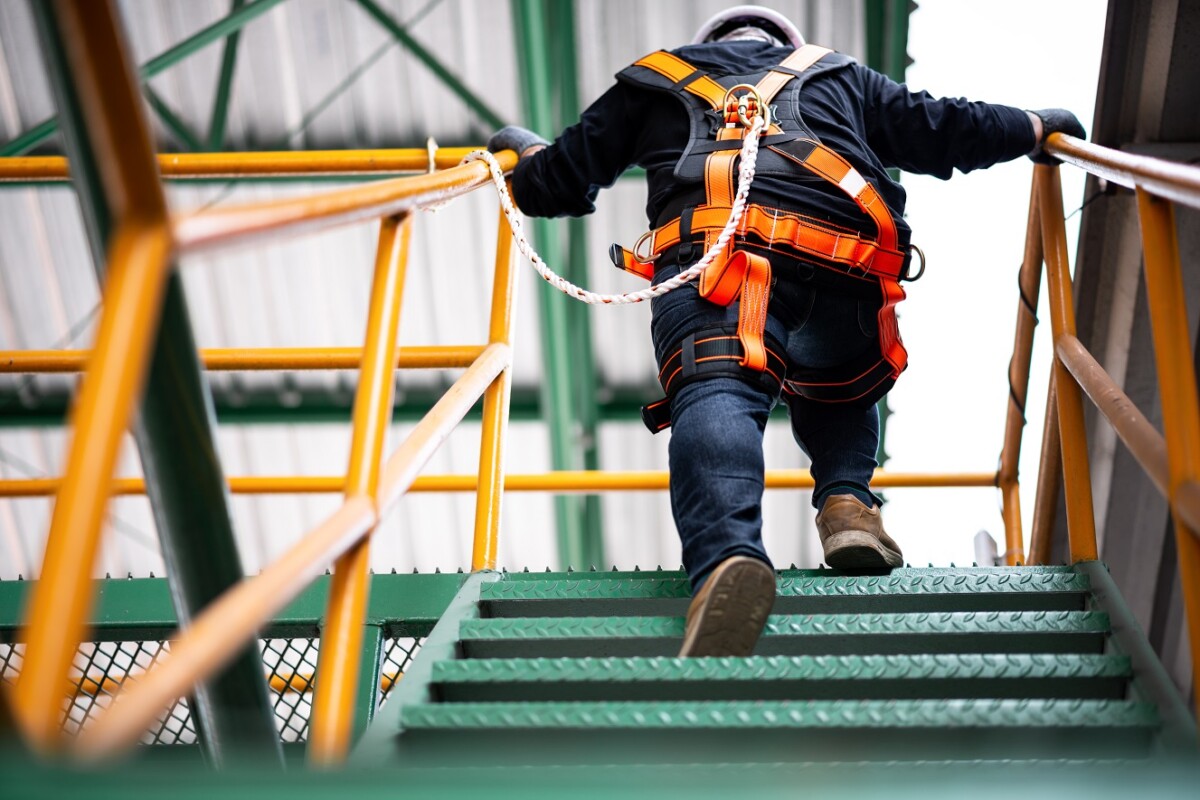In the last two decades, organizations have taken notice of how the strength of their safety culture and ability to achieve sustainable safety performance and operational excellence play off each other. While the attention to culture may have helped lower Total Recordable Incident Rates (TRIR), rates for Serious Injuries and Fatalities (SIFs) declined at a significantly slower speed. With this in mind, organizations need to consider how to respond and consider how slight shifts in your approach to safety culture can help address and prevent workplace safety incidents.
Serious Injuries and Fatalities (SIFs): How to Identify Precursors
Reducing serious injuries and fatalities takes more than addressing minor incidents, as the factors underlying the two incident types are fundamentally different. An organization’s ability to prevent SIFs is largely dependent on identifying those factors, or precursors, that give those events a “higher potential to result in serious or life-threatening consequences.”
According to a recent paper from the Campbell Institute, serious injuries and fatalities precursors involve three specific aspects that should be identified:
- A task or situation involving high-risk, such as working from heights
- Critical control measures, often called “life-saving measures,” designed to protect workers from such risks are missing, inadequate or not followed
- Work that was allowed to continue despite the absence of those controls
Developing a Serious Injuries and Fatalities Prevention Strategy
In addition to identifying SIF precursors, organizations also need to implement these elements when creating a comprehensive SIF prevention strategy:
- Management support: As with any corporate initiative, strong executive sponsorship goes a long way in securing the appropriate resources to reach SIF prevention goals.
- Life-saving rules: Organizations need to define the critical control measures that manage the common risks employees face that could increase their exposure to SIFs.
- Training and education: All employees need to be trained on SIFs, SIF precursors, and life-saving rules as well as the expectations and processes for reporting events that help an organization identify SIFs.
- Metrics and data analysis: Organizations must decide how to collect and analyze SIF-related data. This allows the organization to measure the effectiveness of its SIF prevention efforts and how that data will help guide decision-making on determining priorities and allocating resources.
How to Build a Safety Reporting Culture
Serious injuries and fatalities prevention requires the willingness of employees to report events when they occur, and how an organization responds to bad news can greatly influence whether workers feel comfortable reporting incidents. If an organization responds to negative news with anger, frustration, ridicule, or blame, workers are unlikely to report an incident again in the future.
Instead, organizations need to change how they measure safety success. Many organizations place a huge focus on limiting the incident frequency rate to measure performance – and even tie performance incentives to this rate. Organizations should instead focus on actively controlling risks to reduce potential incidents.
RELATED: 7 Frequently Asked Questions About Safety Culture, Answered by Experts
Additionally, reporting should be as easy as possible. If reporting is too difficult or overly administrative, workers are less likely to come forward. This is where mobile EHS applications can help. Workers can simply open an app on their device, record the relevant data, attach photos, and even identify serious injuries and fatalities precursors or conduct a SIF assessment. The organization can later use that information to assess the incident’s priority and how to respond. Organizations can also use automated notifications configured in the back-end of the solution to ensure an incident is quickly shared across the business for better organizational learning.
Use Data to Make Better Decisions
To reduce possible SIFs, organizations need to more efficiently collect, analyze, and transform their data into meaningful insights that guide evidence-based decision-making. With advanced technology, organizations can take a more predictive approach to EHS data analysis. All data feeds into machine-learning algorithms that can predict what events are mostly likely to happen in the future.
RELATED: Leverage Organizational Data to Measure and Improve Safety Performance
This allows organizations to leverage their SIF data to not only understand what types of events are mostly likely to occur, but also what SIF precursors are mostly likely to influence those events. Organizations can use this information to mobilize resources to address those issues in a targeted manner while counteracting biases to ensure safety decisions aren’t made from empirical evidence.
Learn More About Safety Culture
To learn more about how to embrace these changes and improve your safety culture, watch our webinar Charting a New Course: How Shifting Our Approach to Safety Culture Can Help Us Tackle Serious Injuries and Fatalities:










